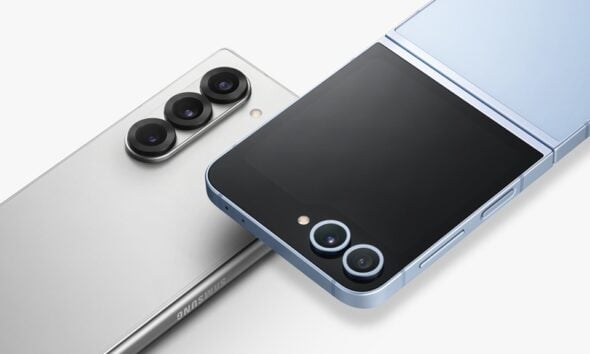©2021 Reporters Post24. All Rights Reserved.
Samsung demonstrated unveils Metalens Camera technology that aims to reduce the weight of XR devices and the height of smartphone camera bumps. This tech is a thing of the future that teases our next phone may wipe out the bulky camera design.
Utilizing the Metalens tech, Samsung and POSTECH researchers developed an ultra-compact infrared eye camera for XR devices. Metalens reduced the thickness by 20% (from 2.0 mm to 1.6 mm) over refractive-lens cameras.
In addition, the metalens-integrated camera demonstrated accurate pupil tracking and iris pattern recognition with a wide 120-degree field of view and improved modulation transfer function (MTF) performance from 50% to 72%.
Metalens is a newly discovered technology that could be featured in future Samsung devices. The company continues to make its gadgets more practical. Metalens will help Galaxy phones to be lighter and sleeker than ever.
Metalens Camera Tech
For Metalens Camera tech, Samsung and POSTECH partnered on a project and published a research paper internationally. The white paper is titled “Compact eye camera with two-third wavelength phase-delay metalens.”

Image – Operating principle of metalenses
The demonstration reveals that the Metalens are ultra-thin lenses, which manipulate light using nanostructures. This way, the camera technology delivers a compact and lightweight alternative to traditional curved lenses.
Technical hurdles
Aspect ratio was the biggest hurdle that was delaying the commercialization of this innovative camera technology. For consumer devices, the camera sensor needs nanostructures with high aspect ratios (at least 1:10).
However, Samsung’s Metalens reduces the required nanostructure aspect ratio to about 1:5. This nanostructure height reduction is made possible without compromising optical performance.

Image – Metalens with reduced nanostructure height achieved aspect ratio adjustment
This aspect ratio allows the unveils Metalens to achieve a full-wavelength phase delay for precise light control, making them difficult to fabricate and prone to breakage.
The team, co-led by Dr. Jeong-Geun Yun from Samsung Research and Professor Junsuk Rho from POSTECH, successfully overcame technical limitations.


